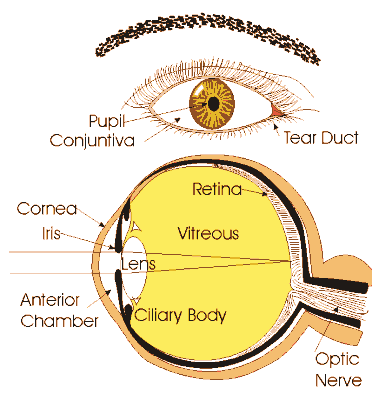A new study carried out by scientists of Dale and University of Warwick, published in the October issue of the journal Nature could go a long way in determining development of eyes from stem cells.
The new study suggests a nitrogen- bearing molecule sets off a series of steps that result in eye formation in frogs. The same mechanism is probably applies to other animals with eyes including humans. The researchers discovered the ‘eye-switch’ while investigating how ‘ectoenzyme’ molecules located on the external surface of cells contributed to locomotion in African clawed frogs. The biologists injected ectoenzyme molecules into frog embryos with only eight cells. One of the ectoenzyme molecules triggered eye formation. When added to cells that would eventually form head, the tadpole developed three eyes instead of two. The strangest fact was that where ever in the developing body cells ectoenzyme was added it resulted in formation of additional ‘ectopic’ eyes. This means that eyes grew anywhere on the body of the tadpole, on the sides, abdomen and even on the tail.
According to the researchers, on the molecular level the enzyme converts a burst of the energy-carrying molecule ATP to ADP, which ultimately triggers eye formation in embryos.
The researchers believe that if the same process would work for humans as well then it will not be long when eyeballs or at least parts of it could be created from stem cells. This would be a great boon to individuals with damages in the eye.
Source: Live Science
Image:cooper eyecare




